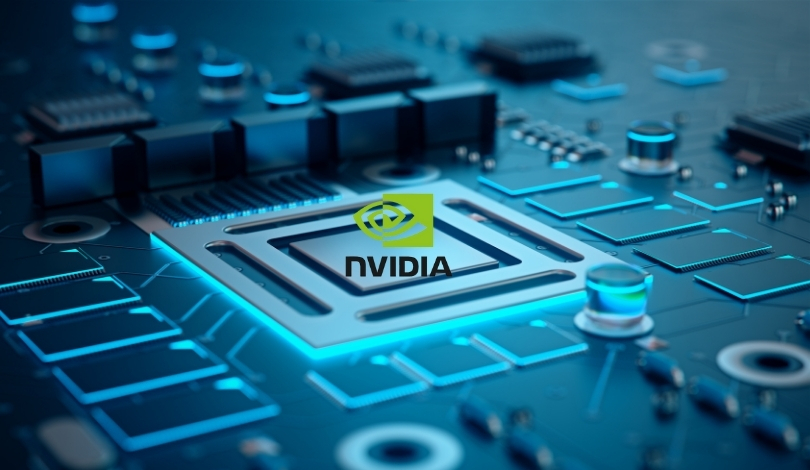The Nvidia GeForce RTX 5090 has captured attention with its immense computational capabilities, positioning itself as a top-tier graphics card for enthusiasts and professionals alike. Despite its impressive specifications, there is speculation about the immediate applicability of its advanced features in everyday use. Analysts suggest that while the technology is groundbreaking, mainstream adoption may be delayed as software and hardware ecosystems catch up.
In the realm of graphics processing units, the RTX 5090 represents a significant leap forward. However, historical trends indicate that new technologies often require time to mature before becoming widely accessible and practical for general consumers. Market expectations remain high, yet the actual integration of its capabilities into mainstream applications might take additional years.
What Makes the RTX 5090 So Powerful?
The RTX 5090 boasts an unprecedented number of CUDA cores and enhanced ray-tracing abilities, enabling superior performance in rendering complex graphics and handling intensive computational tasks. These features position it as a leader in the current market, offering capabilities that surpass its predecessors.
Why Might Its Best Features Remain Impractical?
Despite its power, many of the RTX 5090’s top-tier features require software optimization and supportive hardware infrastructures that are not yet widespread. This gap means that users may not fully leverage the card’s potential until broader ecosystem enhancements are in place.
How Is Nvidia Addressing Future Usability?
Nvidia remains committed to advancing the RTX 5090’s integration into various applications.
“We are working closely with software developers to ensure that the RTX 5090’s capabilities are fully utilized,”
a company spokesperson stated, emphasizing ongoing efforts to bridge the gap between hardware innovation and practical application.
The RTX 5090’s introduction aligns with Nvidia’s long-term strategy of pushing the boundaries of graphics technology. While the immediate practical use of its most advanced features may be limited, the foundation it sets paves the way for future advancements and broader adoption as the technology ecosystem evolves.
Ensuring that cutting-edge hardware like the RTX 5090 becomes seamlessly integrated into everyday technology requires a concerted effort from both manufacturers and software developers. As these collaborations progress, the day when the full potential of the RTX 5090 is realized appears increasingly attainable.
The Nvidia GeForce RTX 5090 stands as a testament to the rapid advancements in graphics technology. While its most powerful features may take time to become practical, the groundwork it lays today is crucial for future innovations. Consumers and industry professionals alike will benefit from the continued evolution and eventual widespread implementation of its capabilities.










